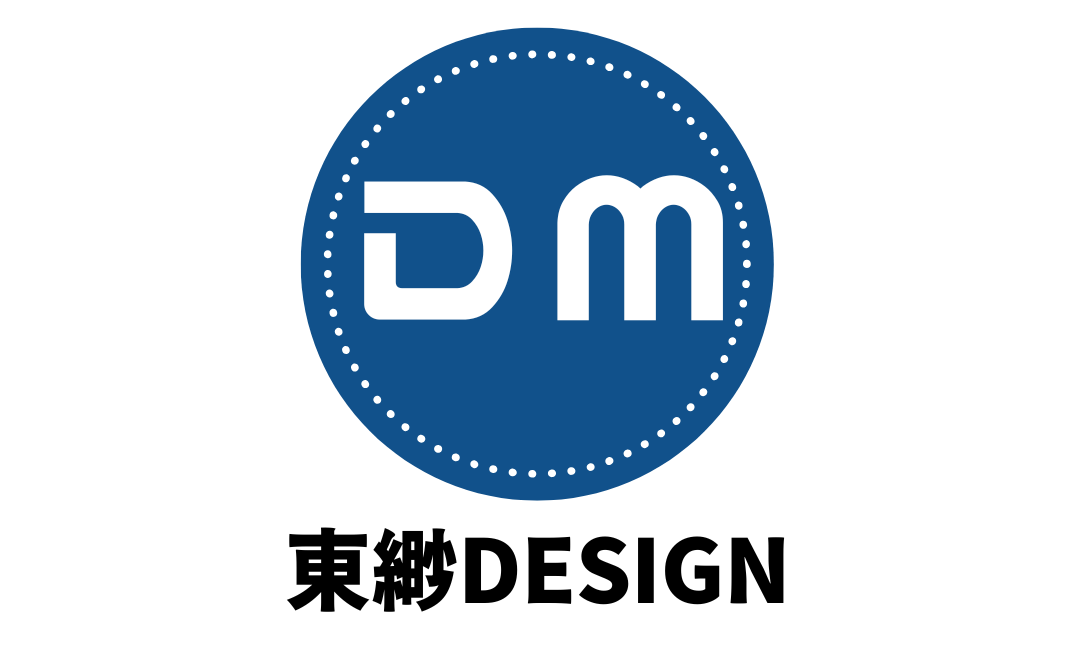What is SEO?
What is SEO? Unlocking the Secrets to Online Visibility
In today’s digital landscape, having a website is no longer a luxury but a necessity for businesses, organizations, and individuals alike. However, simply having a website is not enough. With billions of websites vying for attention, how do you ensure that your target audience can actually find you amidst the vast expanse of the internet? The answer lies in Search Engine Optimization, or SEO.
At its core, SEO is the practice of optimizing your website and its content to rank higher in the organic (non-paid) results of search engines like Google, Bing, and others. Think of it as making your website more attractive and understandable to search engines so that they are more likely to recommend it to users searching for relevant information.
Defining SEO: A Closer Look
Search Engine Optimization is a multifaceted process that involves a variety of techniques and strategies aimed at improving a website’s visibility in search engine results pages (SERPs). The ultimate goal of SEO is to increase the quantity and quality of traffic to your website from organic search results.
Let’s break down this definition:
- Organic Results: These are the natural, unpaid search results that appear based on the search engine’s algorithm determining the most relevant and authoritative websites for a given query. This is in contrast to paid search results, which are advertisements that businesses pay to display.
- Quality of Traffic: SEO aims to attract visitors who are genuinely interested in the products, services, or information your website offers. This means targeting the right keywords and attracting the right audience.
- Quantity of Traffic: Higher rankings in search results generally lead to more people clicking on your website link, thus increasing the overall traffic.
SEO is not a one-time task but rather an ongoing process that requires continuous effort and adaptation to the ever-evolving algorithms of search engines. It involves understanding how search engines work, what users are searching for, and how to bridge that gap effectively.
Why is SEO So Important?
In an era where most people turn to search engines to find information, products, and services, SEO has become an indispensable part of any successful online strategy. Here’s why it matters:
- Increased Visibility and Traffic: The higher your website ranks in search results, the more likely people are to see it and click through. For many businesses, organic search is a primary source of website traffic.
- Building Credibility and Trust: Users tend to trust websites that appear at the top of organic search results. Ranking high signals to users that your website is a reputable and authoritative source of information.
- Cost-Effective Marketing Strategy: Compared to paid advertising, organic traffic generated through SEO can be a more cost-effective long-term marketing strategy. While SEO requires time and effort, you don’t have to pay for each click.
- Understanding Customer Intent: Effective SEO involves researching the keywords and phrases that your target audience is using. This provides valuable insights into their needs and interests, allowing you to tailor your content and offerings accordingly.
- Long-Term Results: While it might take time to see significant results from SEO efforts, the benefits can be long-lasting and sustainable, providing a consistent stream of traffic to your website.
- Competitive Advantage: In a competitive online marketplace, ranking higher than your competitors in search results can give you a significant advantage, attracting more potential customers to your business.
Key Components of SEO
SEO encompasses a wide range of activities, which can generally be categorized into three main areas:
1. On-Page SEO: This involves optimizing the content and structure of your website itself to make it more search engine friendly. Key aspects of on-page SEO include:
- Keyword Research: Identifying the relevant keywords and phrases that your target audience is using to search for information related to your website’s content.
- Content Optimization: Creating high-quality, relevant, and engaging content that incorporates your target keywords naturally. This includes optimizing text, images, videos, and other media.
- Title Tags and Meta Descriptions: Crafting compelling and informative title tags and meta descriptions for each page, which appear in search engine results and can influence click-through rates.
- Header Tags (H1-H6): Using header tags to structure your content logically and highlight important keywords.
- Image Optimization: Optimizing images by using descriptive file names and alt text, which helps search engines understand the content of your images.
- Internal Linking: Linking relevant pages within your own website to improve navigation and distribute link equity.
- Mobile-Friendliness: Ensuring that your website is responsive and provides a good user experience on all devices, especially mobile phones.
- Site Speed: Optimizing your website for fast loading times, as slow websites can negatively impact user experience and search rankings.
- URL Structure: Using clear, concise, and keyword-rich URLs.
2. Off-Page SEO: This focuses on activities done outside of your website to build its authority and reputation in the eyes of search engines. The most crucial aspect of off-page SEO is:
- Link Building: Earning high-quality backlinks (links from other reputable websites to your website). Backlinks are a strong signal to search engines that your website is trustworthy and valuable. Other off-page factors include:
- Social Media Marketing: Engaging with your audience on social media platforms can indirectly contribute to SEO by increasing brand visibility and driving traffic.
- Brand Mentions: Getting your brand mentioned on other websites, even without a direct link, can help build brand authority.
- Online Reputation Management: Maintaining a positive online reputation can indirectly influence search rankings.
3. Technical SEO: This involves optimizing the technical aspects of your website to make it easier for search engines to crawl and index your content. Key elements of technical SEO include:
- Website Structure and Navigation: Ensuring that your website has a clear and logical structure and that users and search engines can easily navigate through it.
- XML Sitemap: Creating and submitting an XML sitemap to search engines, which lists all the important pages on your website.
- Robots.txt: Using a robots.txt file to instruct search engine crawlers which pages they should and should not crawl.
- HTTPS Security: Having a secure website with HTTPS encryption is a ranking factor for Google.
- Schema Markup: Implementing schema markup (structured data) to provide search engines with more context about the content on your pages, which can lead to richer search results.
Benefits of Effective SEO
Investing in SEO can yield significant benefits for your online presence:
- Higher Organic Traffic: The most direct benefit is a sustained increase in relevant traffic from search engines.
- Improved Brand Awareness: As your website ranks higher, more people will see your brand, leading to increased brand recognition.
- Increased Leads and Sales: By attracting targeted traffic, you are more likely to convert visitors into leads and ultimately, customers.
- Better User Experience: Many SEO best practices, such as improving site speed and mobile-friendliness, also contribute to a better user experience.
- Data-Driven Insights: SEO provides valuable data and analytics about your audience, their search behavior, and the performance of your content.
- Sustainable Growth: Unlike paid advertising, the organic traffic you gain through SEO can be a more sustainable source of visitors over time.
Conclusion
In the competitive online world, Search Engine Optimization is not just an option; it’s a necessity for anyone who wants to be found online. By understanding the fundamentals of SEO and implementing effective strategies, you can significantly improve your website’s visibility, attract more qualified traffic, and ultimately achieve your online goals. Remember that SEO is an ongoing process that requires patience, persistence, and a willingness to adapt to the ever-changing landscape of search engine algorithms.





